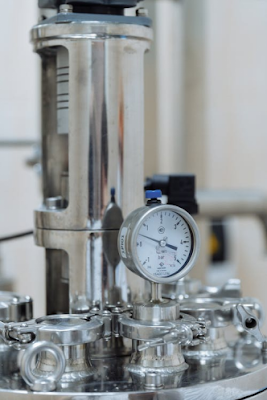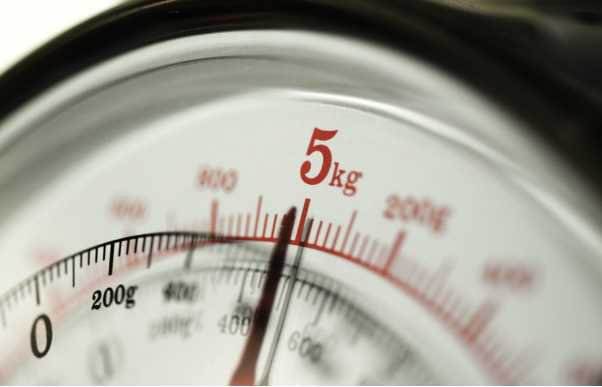Types of Pressure Gauges You Need to Know About
The pressure gauge is a device that measures the pressure of a fluid. Pressure gauges are used in many applications, such as boilers, steam engines, hydraulic turbines, and compressors. The pressure gauge is typically a U-shaped tube containing an element such as mercury or an air bubble. The column of fluid rises until it reaches an equilibrium with the atmospheric pressure on one side of the tube and the higher pressure on the other side of the tube. The height of the column correlates to the pressure difference between these two sides and can be read at a point where it crosses a line drawn on this tube at right angles to its length.
Pressure gauges show how much force per unit area is being applied to something. Let’s look at the main types of gauges.
Commercial and Industrial Pressure Gauges
Commercial gauges serve as all-purpose pressure measurement equipment in the HVAC and refrigeration industries. Industrial gauges are utilized in various sectors, including manufacturing, OEM, hydraulic, water treatment, and RO.
Process Pressure Gauges
The use of a process pressure gauge is permissible in businesses where the production process is exposed to high vibration, pressure spikes, and a corrosive atmosphere, such as the petrochemical and other chemical industries.
Low-Pressure Gauges
These may be used to measure the pressure of liquids and gases, as long as they don’t impede their operation. Low-pressure gauges are often required in plant construction, pneumatic systems, and cleanrooms.
Seal Gauges
These gauges are employed in a range of industrial applications to fulfill material compatibility requirements, viscous applications, corrosive chemicals, vibrations, and sanitary and pharmaceutical regulations. They are intended to plug probable leak routes.
Duplex Pressure Gauges
Gauges that can operate in harsh conditions and measure the difference between two applied pressures are known as differential pressure gauges (DPG). Refrigeration, petroleum, chemical, and air-handling industries may sometimes call for this.
Bourdon Gauge
Bourdon gauges use a metal coil that expands when pressure is applied to them. The gauge consists of a tube with a coiled Bourdon tube inside it. As the pressure is applied, the coil will compress, causing the tube to lengthen.
The first true pressure gauge was invented by Daniel Gabriel Fahrenheit in 1714. Since then, there have been many different types of pressure gauges developed for different uses. If you’re looking for instrumentation and gauges or drilling rig services, Contact Instruments is the right choice for you. They have a collection of products and services for all your electronic solutions. Visit their website or contact them for cost-effective and durable solutions for replacement or instrumentation.





Comments
Post a Comment